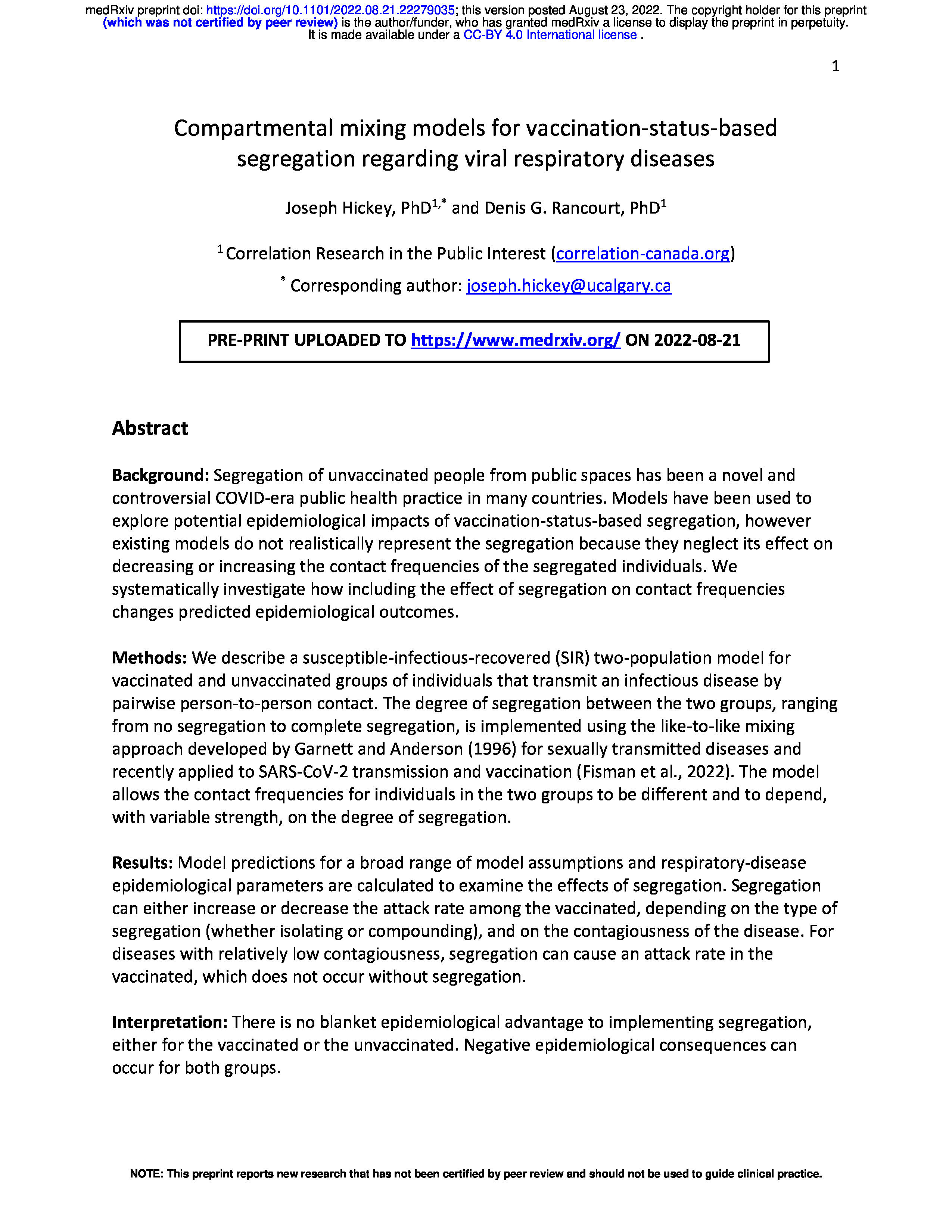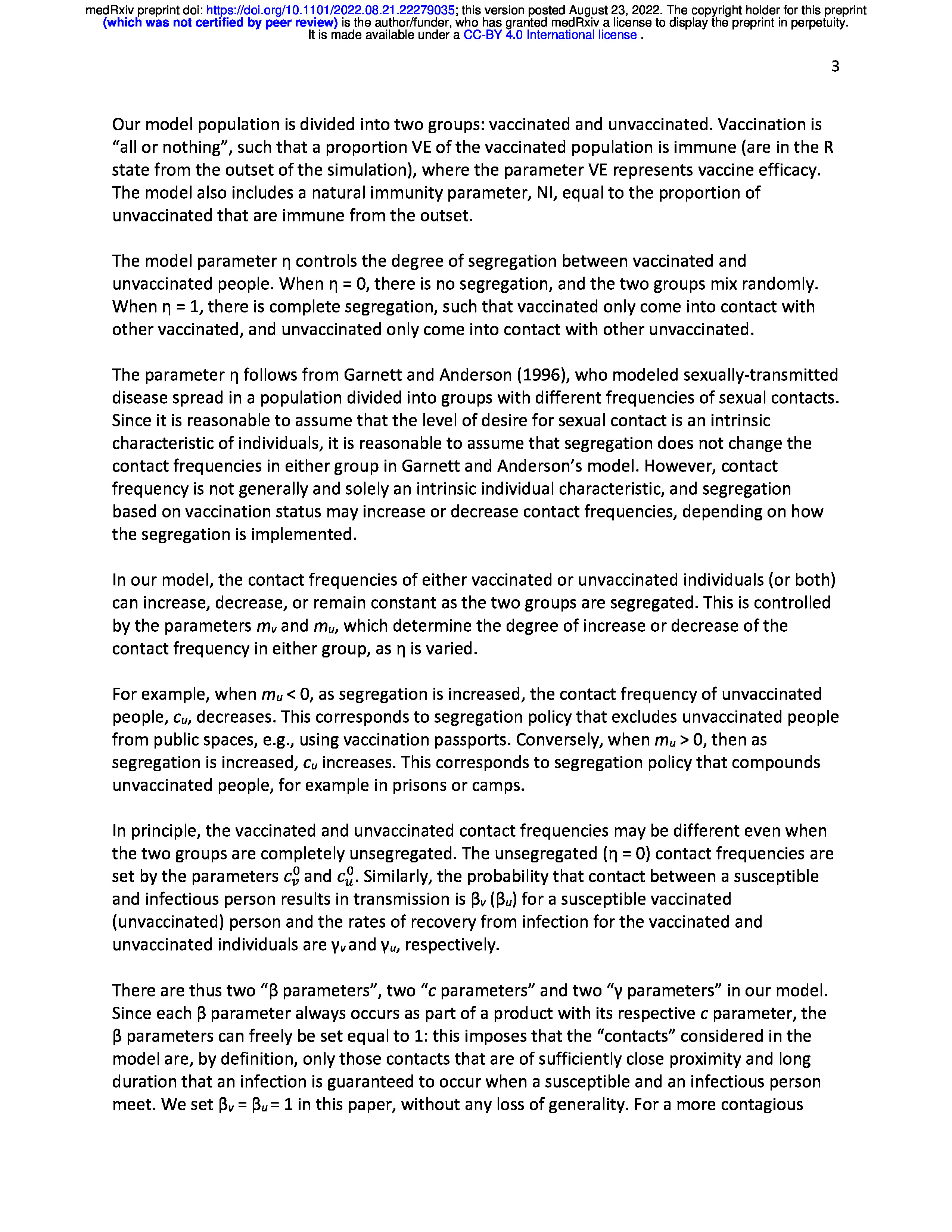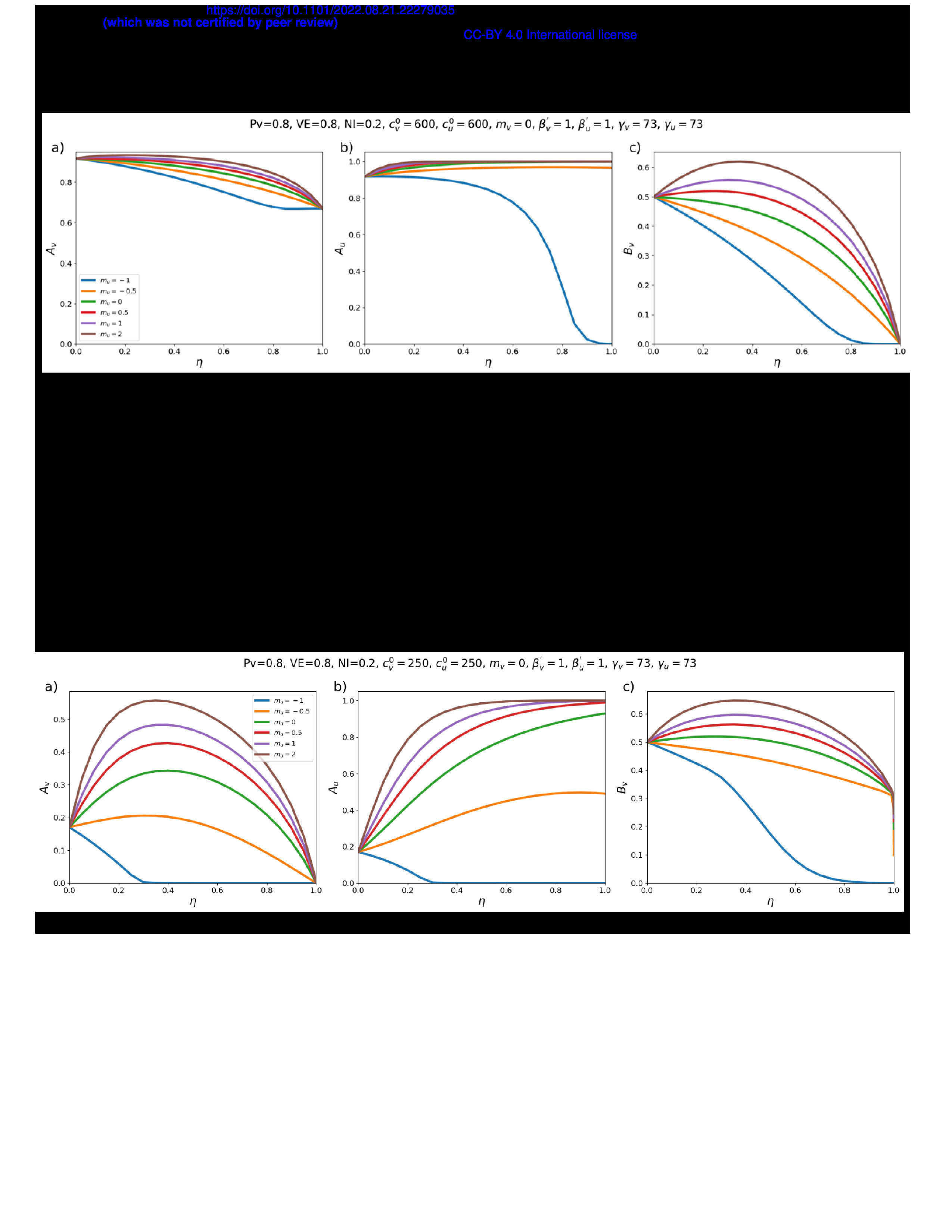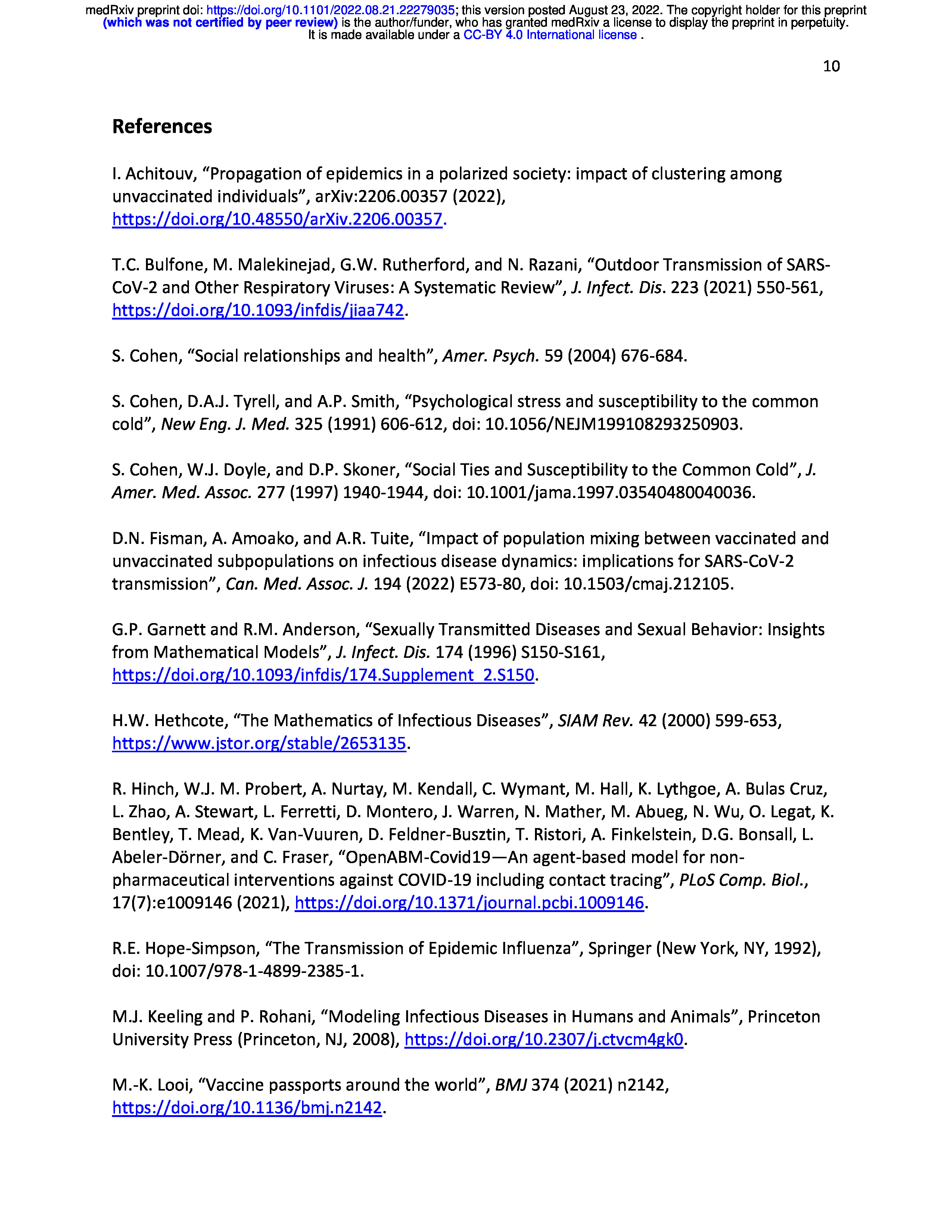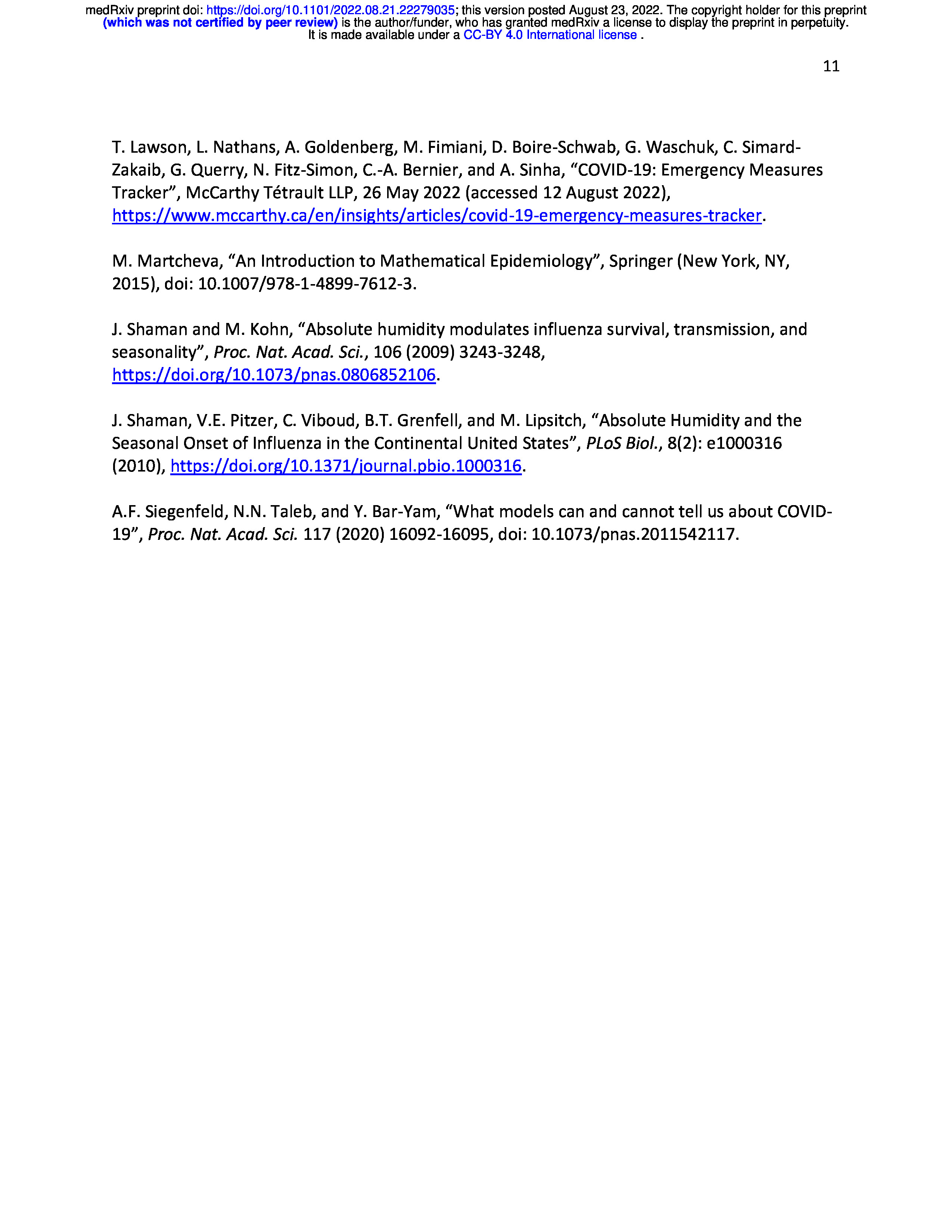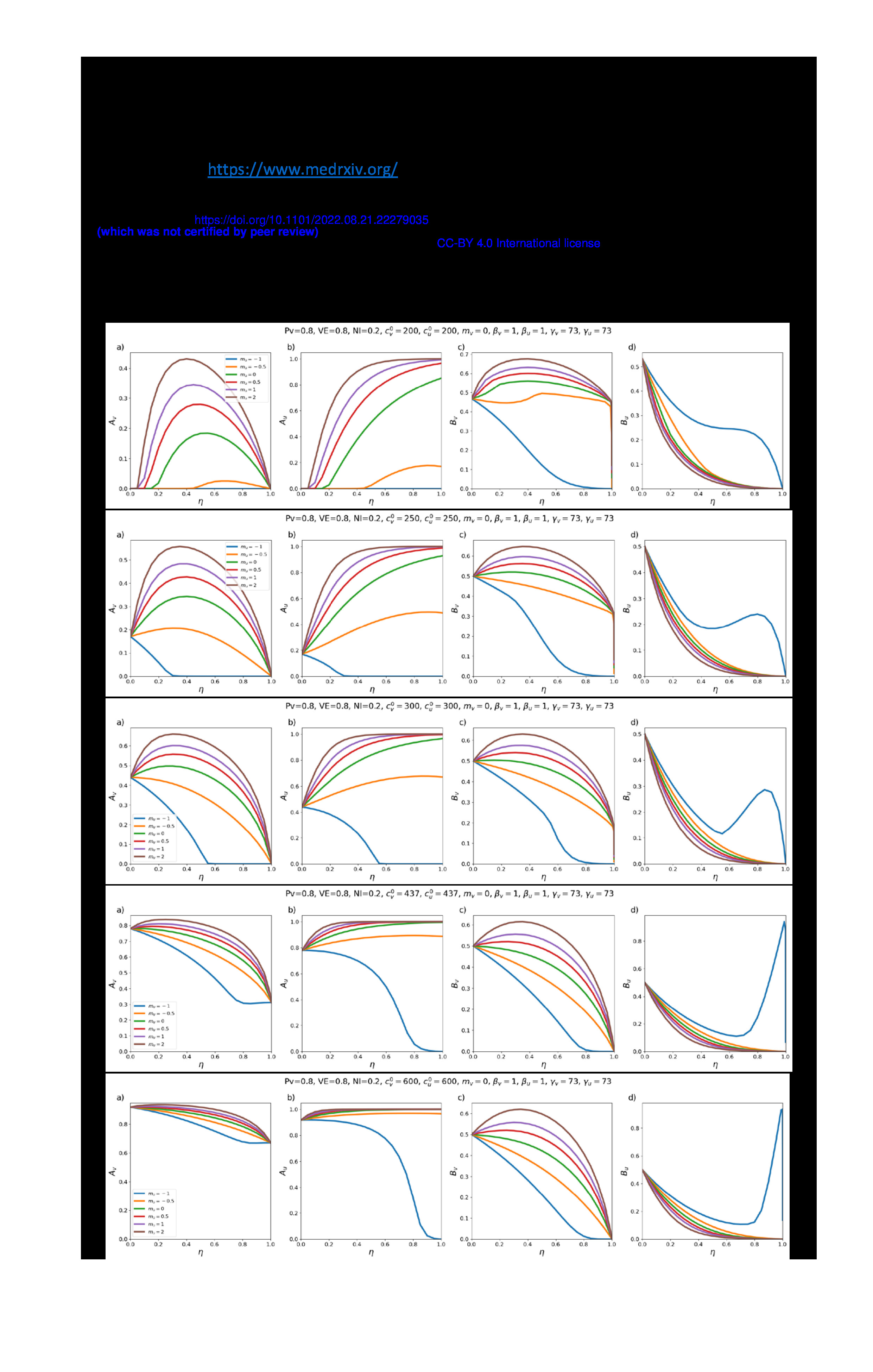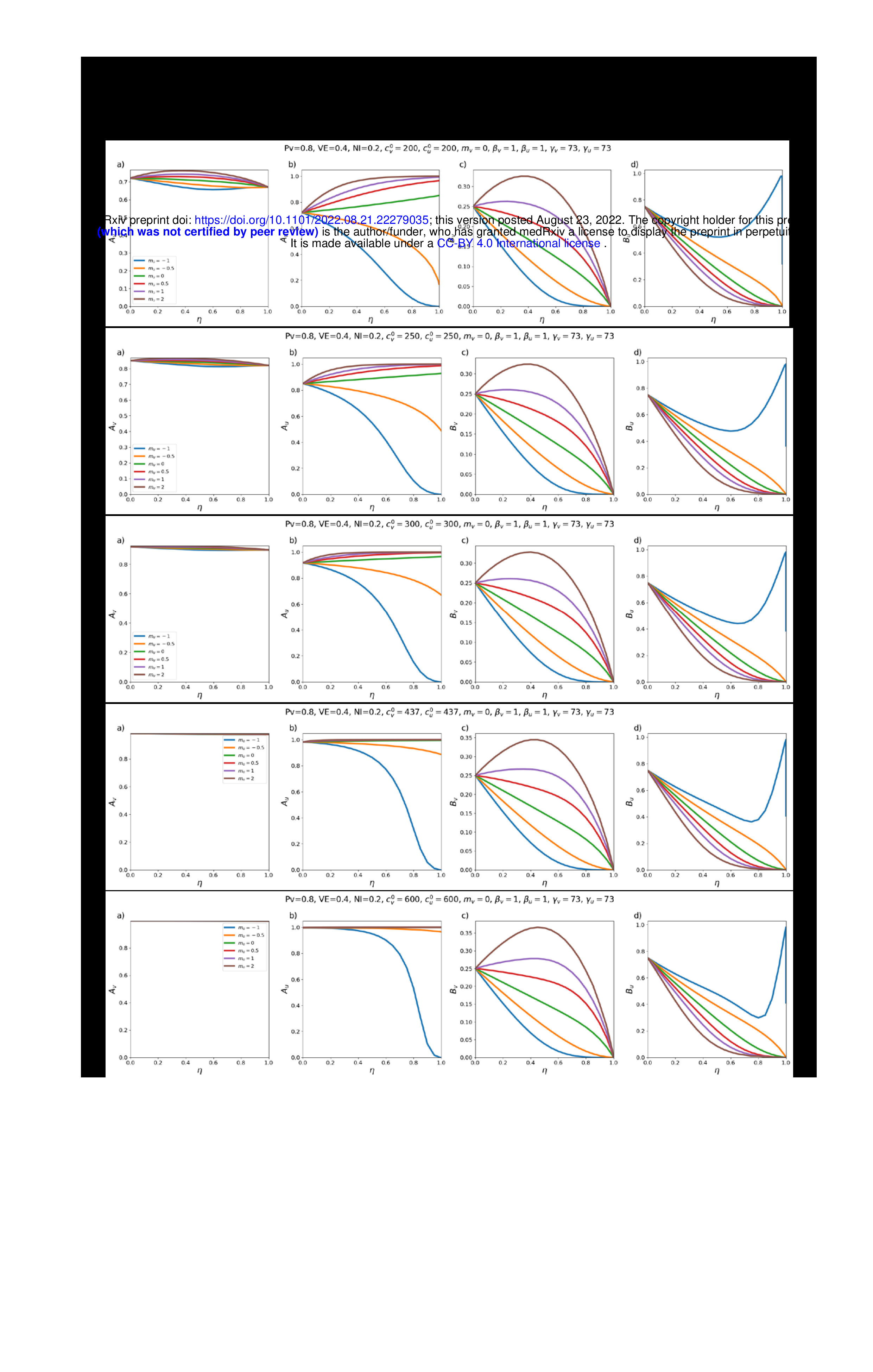
Joseph Hickey, PhD1,* and Denis G. Rancourt, PhD1
1 Correlation Research in the Public Interest (correlation-canada.org)
Abstract
Background: Segregation of unvaccinated people from public spaces has been a novel and controversial COVID-era public health practice in many countries. Models have been used to explore potential epidemiological impacts of vaccination-status-based segregation, however existing models do not realistically represent the segregation because they neglect its effect on decreasing or increasing the contact frequencies of the segregated individuals. We systematically investigate how including the effect of segregation on contact frequencies changes predicted epidemiological outcomes.
Methods: We describe a susceptible-infectious-recovered (SIR) two-population model for vaccinated and unvaccinated groups of individuals that transmit an infectious disease by pairwise person-to-person contact. The degree of segregation between the two groups, ranging from no segregation to complete segregation, is implemented using the like-to-like mixing approach developed by Garnett and Anderson (1996) for sexually transmitted diseases and recently applied to SARS-CoV-2 transmission and vaccination (Fisman et al., 2022). The model allows the contact frequencies for individuals in the two groups to be different and to depend, with variable strength, on the degree of segregation.
Results: Model predictions for a broad range of model assumptions and respiratory-disease epidemiological parameters are calculated to examine the effects of segregation. Segregation can either increase or decrease the attack rate among the vaccinated, depending on the type of segregation (whether isolating or compounding), and on the contagiousness of the disease. For diseases with relatively low contagiousness, segregation can cause an attack rate in the vaccinated, which does not occur without segregation.
Interpretation: There is no blanket epidemiological advantage to implementing segregation, either for the vaccinated or the unvaccinated. Negative epidemiological consequences can occur for both groups.
[...]
Conclusion
Using SIR modelling, we have shown that vaccination-status-based segregation can lead to significantly different and counter-intuitive epidemic outcomes depending on how segregation is applied, and depending on complex cultural and physical factors that co‑determine infectious contact frequencies (i.e., the products βc), including negative health consequences for either segregated group, even disregarding the expected deleterious health impacts of the segregation policies themselves (Cohen, 2004; Cohen et al., 1991; Cohen et al., 1997). Given the lack of reliable empirical evaluations of needed infectious contact frequency values, given the now proven outcome sensitivities to the infectious contact frequencies, and given the intrinsic limitations of SIR models in this application, we cannot recommend that SIR modelling be used to motivate or justify segregation policies regarding viral respiratory diseases, in the present state of knowledge.
